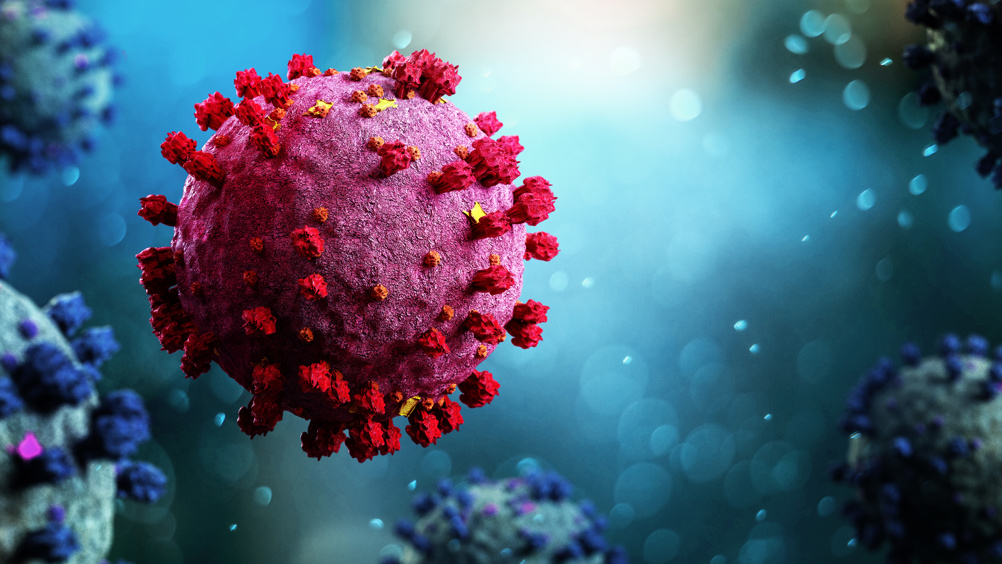Would a veterinary surgeon manage COVID-19 this way?

Abstract
COVID-19 is a basic viral respiratory disease causing a pandemic because of its high infectivity of the pathogen and low resilience of the host. Infectious diseases of farm animals are common, and veterinary surgeons are well averse to managing such diseases by following the basic principles of biosecurity, biocontainment, surveillance and resilience. Such principles can be applied to the management of COVID-19 in the human population.
Why has a farm veterinary surgeon got any interest in the control and management of a human viral pandemic? What help can the veterinary profession be in sticking their noses in what is a human infection, running out of control and with a confused and ineffective management strategy? Should we stand back and watch, with the regular desperate sighs of ‘what did you expect?’ and ‘I could have told you that’?
Infectious disease management is the bread and butter of the livestock veterinary surgeon — it is our day job. We have developed systems and management procedures to prevent, control and eradicate infectious diseases that may impact on the health, welfare and productivity of our precious livestock populations. We understand that the management of any infectious disease requires the measurement and control of the four basic pillars of herd health: biosecurity, biocontainment, surveillance and resilience.
Our first approach to any disease management strategy is to define the objective. We use an aspiration hierarchy that reflects the wishes of the farmer (the owner of disease), the practicality of achieving the objective, and the economic benefits. The economic element not only involves financial objectives, but social requirements too. Total eradication is often not achievable, however desirable, but limiting the impact through proper control and protection of those animals that are likely to be adversely affected is a perfectly reasonable disease objective. For example, most dairy farms would find it impractical and uneconomic to eradicate staphylococcal mastitis from their herds, yet most can readily achieve low levels through control of spread and infection risks, managing resilience through vaccination, and preventing spread by early detection and treatment.
Register now to continue reading
Thank you for visiting UK-VET Companion Animal and reading some of our peer-reviewed content for veterinary professionals. To continue reading this article, please register today.

